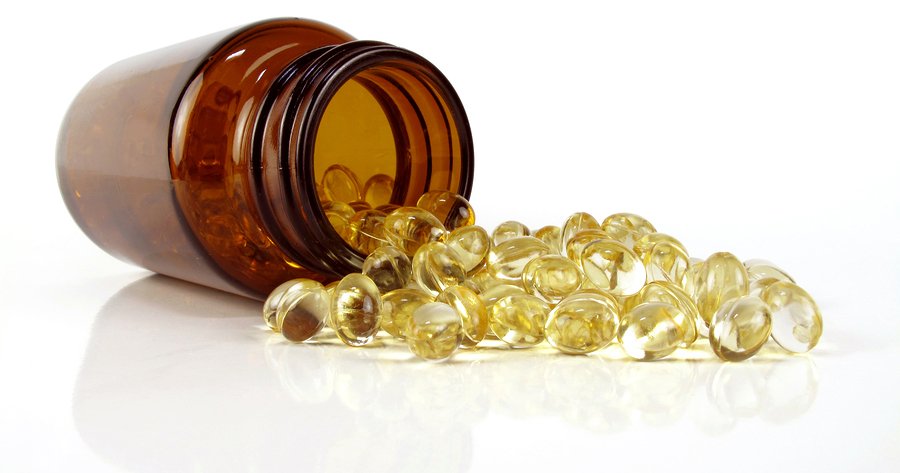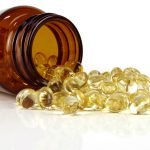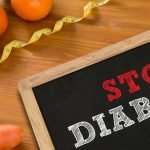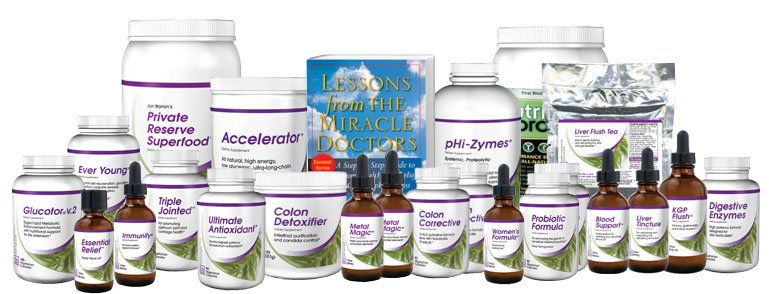Article Summary:
- Vitamin D deficiency is widespread even among older adults living in tropical climates, and the negative effects of deficiency can be both life threatening and more pronounced in the elderly, especially today.
- Aging increases vulnerability to vitamin D deficiency, yet many doctors fail to test for it or to recommend adequate supplementation.
- Supplementation with 1,000 to 2,000 mg of vitamin D daily makes sense for most seniors.
Effects of Vitamin D Deficiency
Your body needs enough stores of vitamin D in order to counter disease. Studies show a link between vitamin D deficiency and cardiovascular events including stroke and heart attack, type 2 diabetes, dementia, cancer, multiple sclerosis, infection, irritable bowel syndrome, and even obesity.1Boucher, Barbara J. “The Problems of Vitamin D Insufficiency in Older People.” 3 August 2012. Aging and Disease. 13 September 2019. http://www.ncbi.nlm.nih.gov/pmc/articles/PMC3501367/ Vitamin D deficiency is even more critical today since major research with over 11,000 participants demonstrated that vitamin D supplementation can help protect against acute respiratory infections!
You May Well Have Vitamin D Deficiency
Years ago, when I was living in Hawaii, my doctor tested my vitamin D levels. “But I live in sunny Hawaii,” I protested, not understanding why I needed the test. She informed me that many people in Hawaii are deficient in vitamin D, and sure enough, my results came back showing a severe deficiency. My husband’s levels also were low.
While it’s true that spending time in the sun is one of the best ways to get vitamin D–80% of our vitamin D comes from UV-B exposure to the sun—your time outside may not be enough. The simple fact is that most of us avoid direct sunlight exposure after years of hearing about sun cancer risk and wrinkling. So even though we’re outside, we duck under awnings, opt for shade at the beach, slather on suntan lotion, wear wide-brimmed hats and clothing that covers, and stay in air-conditioned places when it gets hot.
One recent study found that in order to avoid vitamin D deficiency, people need at least nine minutes of midday sun exposure every single day, sans suntan lotion.2Shih, Barbara H., et al. “Fractional Sunburn Threshold UVR Doses Generate Equivalent Vitamin D and DNA Damage in Skin Types I–VI but with Epidermal DNA Damage Gradient Correlated to Skin Darkness.” October 2018. Journal of Investigative Dermatology. 12 September 2019. http://www.jidonline.org/article/S0022-202X(18)31950-X/fulltext Another study concluded that the daily exposure must be over at least 30% of their body, which means minimal clothing—shorts and sleeveless tops. In other words, even if you get outside every day, if it isn’t at noontime and if you’re a bit too covered up or if you’re wearing sunscreen, you may well be deficient. Plus, nine minutes in the noontime sun without lotion on will lead to burning and DNA damage for light-skinned folks. Even more, if you’re older, your body is less efficient at converting sunshine to vitamin D and your gut doesn’t absorb vitamin D from food sources as well as it did when you were young.
Few Doctors Test for Vitamin D Deficiency
In spite of evidence indicating that a huge segment of people both young and old have vitamin D deficiency, few doctors routinely test for it and insurance companies discourage it. A Blue Cross/Blue Shield newsletter from 2015, for instance, states: “Last year, 641,000 upstate New Yorkers had their vitamin D levels tested, and about 42 percent did so without a medical indication for it…Even with a medical indication to test for vitamin D deficiency, it’s valid to question the need for the test, because the outcome won’t necessarily change the treatment…” The newsletter goes on to complain that the test costs about $50 per person and “in 2014 in upstate New York, an estimated $33 million was spent on vitamin D testing.”
Older Bodies are Particularly Prone Vitamin D Deficiency
A recent study involving over 6.000 midlife and senior adults living in Great Britain found that a full quarter of those over the age of 50 were deficient in vitamin D, while 57 percent had low (but not quite deficient) vitamin D levels.3Aspell, Naimh, et al. “The Prevalence and Determinants of Vitamin D Status in Community-Dwelling Older Adults: Results from the English Longitudinal Study of Ageing (ELSA).” 1 June 2019. Nutrients. 13 September 2019. http://www.mdpi.com/2072-6643/11/6/1253 Rates of deficiency were higher in females than in males and in non-whites, probably because darker skin is less reactive to sunlight. Other factors correlated with a deficiency were being older than 80, obesity, smoking, and poor general health.
On the other hand, there was less vitamin D deficiency among those who managed vacations to sunny locations, who exercised regularly, who maintained healthy body weight, and who were retired, perhaps because retired people have the leisure to get out midday unlike workers glued to their desks.
Previous studies have found much higher deficiency rates among seniors. For instance, according to a 2012 paper published in the journal Aging and Disease, “In Europe, representative residents from the SENECA study of older Europeans aged 75–76 years old showed 36% of men and 47% of women were vitamin D deficient, most markedly in southern Europe.”4Boucher, Barbara J. “The Problems of Vitamin D Insufficiency in Older People.” 3 August 2012. Aging and Disease. 13 September 2019. http://www.ncbi.nlm.nih.gov/pmc/articles/PMC3501367/
Recommended Protocols to Counter Vitamin D Deficiency
One option is to go outside and remain exposed to the full sun between noon and two o’ clock daily, in skimpy clothing and without suntan lotion on. This assumes, of course, that it’s summer or you live in a warm locale. Even if you do get adequate sun exposure, though, don’t assume your vitamin D levels are just fine, particularly if you’re dark-skinned, out-of-shape, older than 50, or a smoker. Also, hanging out in midday sun does raise the risk of skin cancer. There are other options.
It would be wise to get your vitamin D levels tested (in spite of the official Blue Cross/Blue Shield position), and even more so if you live in a northern latitude. The next steps toward maintaining vitamin D levels, after exposure to sufficient sunshine, are to get in shape if you aren’t, and to supplement.
Supplement Recommendations
As Jon Barron explains in a 2011 newsletter, “It’s quite difficult to get enough of the vitamin from food sources, and so he recommends supplementing with 1,000 to 2,000 IU of vitamin D3 daily. That newsletter makes clear why you must choose D3 and not D2, and why it’s safe to exceed the very low doses sometimes recommended by medical practitioners.
References
| ↑1, ↑4 | Boucher, Barbara J. “The Problems of Vitamin D Insufficiency in Older People.” 3 August 2012. Aging and Disease. 13 September 2019. http://www.ncbi.nlm.nih.gov/pmc/articles/PMC3501367/ |
|---|---|
| ↑2 | Shih, Barbara H., et al. “Fractional Sunburn Threshold UVR Doses Generate Equivalent Vitamin D and DNA Damage in Skin Types I–VI but with Epidermal DNA Damage Gradient Correlated to Skin Darkness.” October 2018. Journal of Investigative Dermatology. 12 September 2019. http://www.jidonline.org/article/S0022-202X(18)31950-X/fulltext |
| ↑3 | Aspell, Naimh, et al. “The Prevalence and Determinants of Vitamin D Status in Community-Dwelling Older Adults: Results from the English Longitudinal Study of Ageing (ELSA).” 1 June 2019. Nutrients. 13 September 2019. http://www.mdpi.com/2072-6643/11/6/1253 |












No mention of which test to have done? What a low level is? What’s the ideal range? And is there a maximum (daily) amount the body produces from sunlight, i.e. it can’t produce more (read somewhere that it was about 10 000 IUs). Also, supposed to take it with fat, say like butter, because it’s fat soluble?
Take it with K2 or not? And what about taking it with boron, selenium etc?
Reply to Ralph, above: If you click on the link in the article “2011 newsletter” many of the points you raise will be addressed.
Thanks Ann.
A Dutch study also found that showering immediately after being in the sun reduced the amount of Vit D that you could convert
Dr. Ott, not a medical doctor but a bancman with a still video hobby, noticed in 1973 that vit D is not produced by the skin but the production is triggered by UV-B sensitive sensors in the eye.
Wearing quality sunglasses from real glass donot alowe UV-B in those sensors and people get all kinds of illnesses, the body become hostile to the person.
Adding ‘false money detection bleu’ lamps with a high amount of UV-B in workspaces and other rooms improves health quality.
In 2013 Dr. Benton??, a medical doctor, receives the Nobelprice for the discovery of those sensors in the eye and their health importance.
1000 to 2000 IUs a day is still a SMALL amount of Vitamin D if you’re deficient, and the more so if you happen to have gastrointestinal problems or illness which in any way hampers absorbtion.
I have Crohn’s disease (and a short bowel from having had two small-bowel resection surgeries) and was taking 5,000 IUs a day (and occasionally 10,000) and
was still deficient. (And I’m deficient with some regularly unless I take high daily doses, ongoing.) I needed 15,000-20,000 a day for some months to come back up to a low-normal levels. That’s not that unusual. But that level used to be thought “poisonous.”
There are studies that show that definitely not to be the case. And by now, there’s lots of evidence that the former recommendations of 400 IUs re: daily Vitamin D needs were so low as to be ridiculous.
There’s also a practice in which it’s recommended that those who are deficient be “front-loaded” with very high amounts, then tapered to lower amounts. My doctor recomended that, and that works well for me (and I’m guessing others in similar situations). I’m not suggesting you go wild taking Vit. D, but I would suggest doing your own additional reading and evaluating.
Josie:
If you were taking 5,000 IU – 20,000 IU daily and were still “deficient,” then you should ask yourself where all that Vitamin D was going. You can’t change only one thing in the body and hold everything else steady.
One of the follies of humans is to think we understand how to control the body. We don’t. Manipulating lab values (assuming we even know the correct values for which to strive) does not equate to improved health outcomes, most of the time. Altering lab values is not the same as curing the underlying condition(s) that are causing the low values in the first place.
Is disease caused by Vitamin D deficiency? Or, is Vitamin D deficiency simply a sign of disease? Rhetorical question.
Aaron